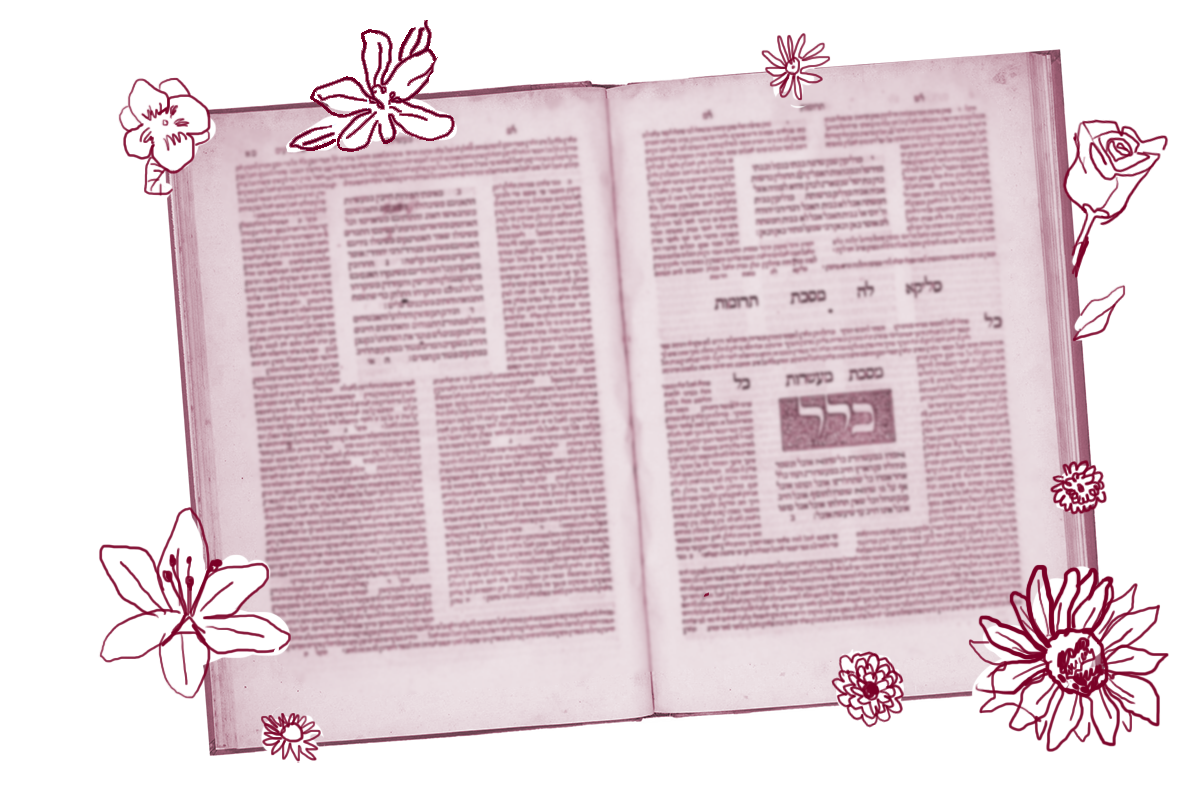As we saw earlier in Eruvin, the Talmud cares a lot about intellectual consistency. There’s an underlying assumption evident throughout the Talmud that our received legal traditions are basically coherent. It can’t be the case that a rabbi who rules one way in one case would rule differently in a similar one. So if it appears that one rabbi contradicts himself — and there are many such examples throughout the Talmud — it’s assumed there must be some reason the cases led to different outcomes. The Talmud expends much energy trying to tease those reasons out, in the process searching for the meta principles that can be used to figure out the law in future cases.
We have a number of such instances on today’s daf. One of them concerns a case in which the wall separating a private courtyard from a public domain is breached. What is required to restore the wall such that one may again carry within the courtyard on Shabbat?
The Talmud records two seemingly contradictory opinions from one rabbi:
Rav Yosef said that Rav Yehuda said that Shmuel said: A breached courtyard is permitted if one upright board of wall remains on one side of the breach. Abaye said to Rav Yosef: Did Shmuel really say this? But didn’t Shmuel say to Rav Ḥananya bar Sheila: You must not perform an action, i.e., issue a ruling to permit carrying in a breached courtyard, unless there remains standing either the majority of the wall or two upright boards on either side of the breach.
According to one tradition, Shmuel required a single upright board one one side of the breach to allow carrying in the courtyard on Shabbat. According to another, he required two boards. How can that be?

Help us keep Jewish knowledge accessible to millions of people around the world.
Your donation to My Jewish Learning fuels endless journeys of Jewish discovery. With your help, My Jewish Learning can continue to provide nonstop opportunities for learning, connection and growth.
The Talmud attempts to resolve the contradiction (sort of) by citing a story about a breached courtyard. But that attempt doesn’t end up, um, holding water.
Rav Yosef said to Abaye: I do not know how to resolve this contradiction. All I know is that there was an incident in a shepherds’ village with regard to a narrow inlet of the sea that penetrated a courtyard, breaching one of its walls in its entirety, and the matter came before Rav Yehuda, and he required only one upright board of wall to remain in order to permit it.
Rav Yosef acknowledges he’s not sure how to resolve the apparent contradiction between Shmuel’s statements. What he does know, is that there was once an incident in which an inlet overflowed and breached a courtyard wall. And when Rav Yehuda was asked about it, he ruled that one board was sufficient to allow carrying within the courtyard on Shabbat.
So maybe Rav Yosef can’t resolve the Shmuel problem, but at least we can figure out whether a breached courtyard wall requires one board or two. Not so fast, the Talmud tells us.
Abaye said to Rav Yosef: You speak of a narrow inlet of the sea, but an inlet is different and nothing can be derived from that case, for we know that this is a leniency in which the Sages lessened the requirements in cases involving water. In these cases, the Sages did not require properly constructed partitions, but were satisfied with inferior ones.
Apparently, water is a special case that led the rabbis to be more lenient than they would be otherwise. Immediately after this passage, the Gemara cites another case that also shows the rabbis taking a more permissive approach in the case of an incomplete wall near a body of water. Bottom line: We can’t learn much that’s broadly applicable from rabbinic rulings about walls breached by water.
The Talmud doesn’t explain why water is a special case, though it’s perhaps worth noting that there is some basis for believing that a large body of water, like an ocean or a river, can function as part of an eruv. One might imagine that water requires a lesser marker because water is itself a partition. But the Talmud doesn’t tell us.
And that contradiction between the opinions of Shmuel? The Talmud doesn’t resolve that one either. It remains, the text tells us, a kasha (קַשְׁיָא): a difficulty.
Read all of Eruvin 12 on Sefaria.
This piece originally appeared in a My Jewish Learning Daf Yomi email newsletter sent on August 21, 2020. If you are interested in receiving the newsletter, sign up here.



